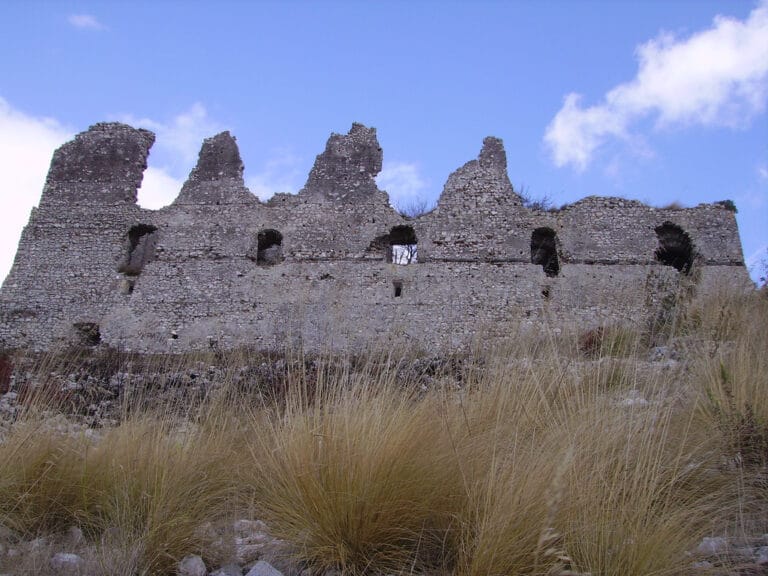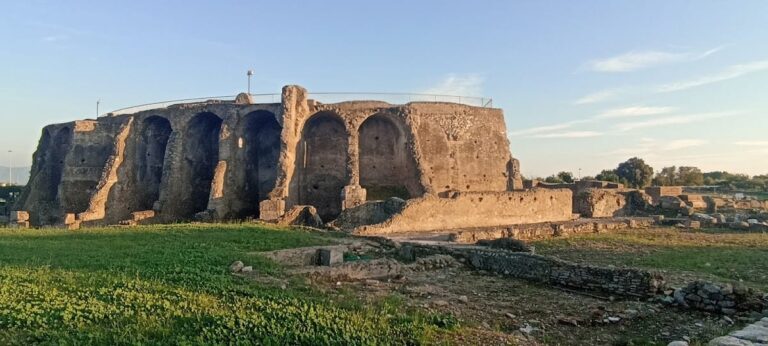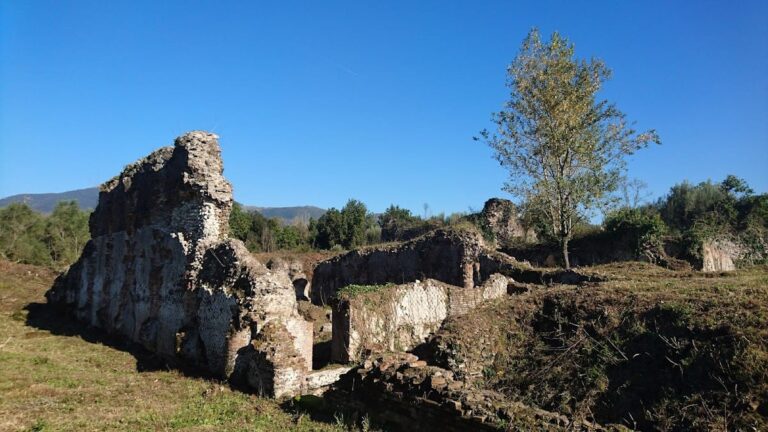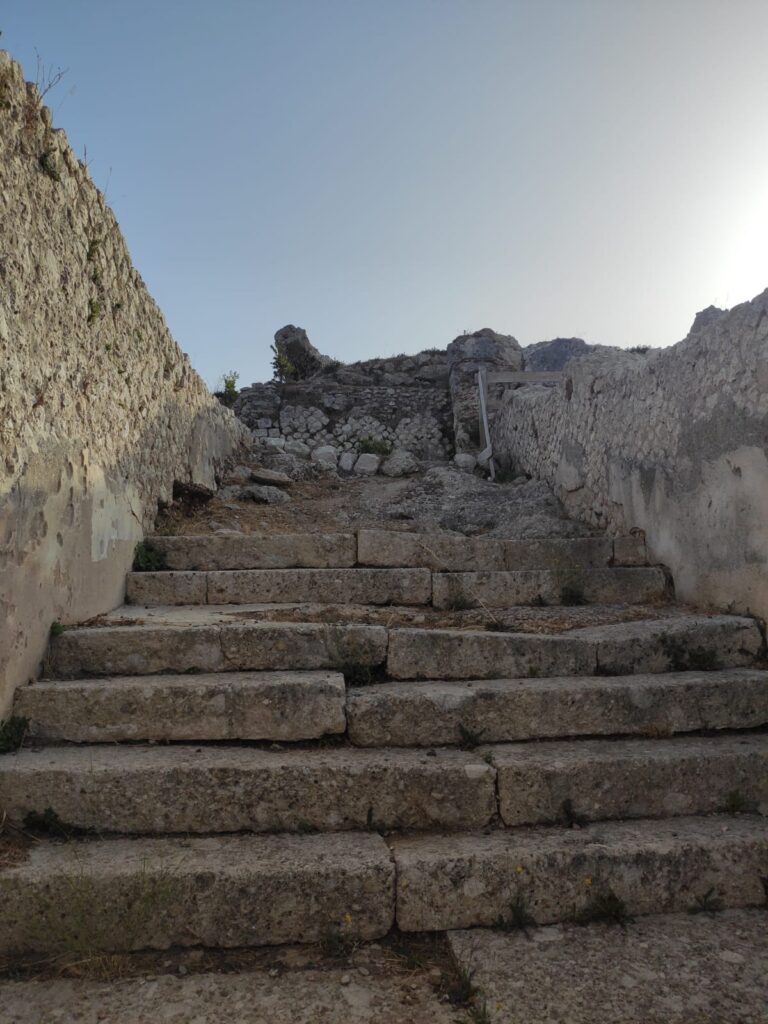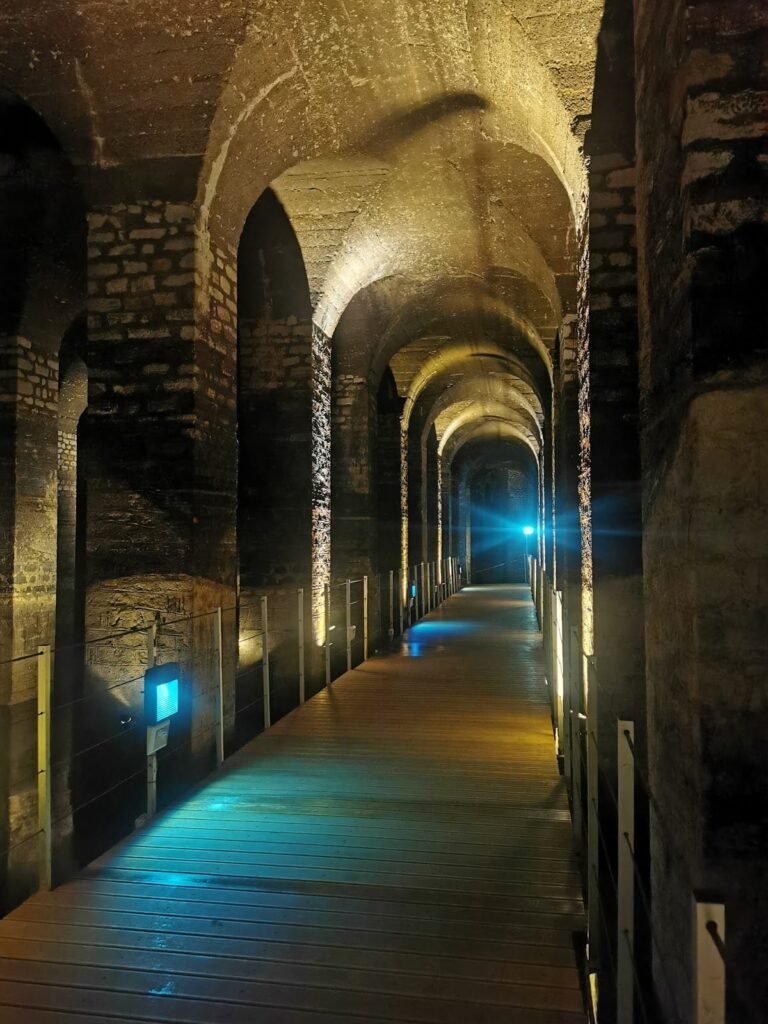Teatro romano di Suessa: An Ancient Roman Theatre in Sessa Aurunca
Visitor Information
Google Rating: 4.5
Popularity: Low
Google Maps: View on Google Maps
Country: Italy
Civilization: Roman
Remains: Entertainment
History
The Teatro romano di Suessa is located in Sessa Aurunca in the Campania region of southern Italy. This Roman theatre was built by the ancient Romans during the 1st century AD, positioned on a hillside near the city.
Initially constructed as a modest structure during the reign of Emperor Augustus, the theatre served the local population for public performances. In the 2nd century AD, it underwent a major restoration and expansion funded by Vibia Matidia Minor, sister of Emperor Hadrian. Matidia’s benefactions to the city also included a library and an aqueduct. She was honored with a central depiction on the stage as Aura, surrounded by members of the imperial family, reflecting the values of duty and harmony promoted by the ruling dynasty.
Later in the 2nd century, under Emperor Antoninus Pius, the theatre saw further enlargement and restoration, again supported by Matidia. This period marked the theatre’s peak in size and decoration.
The theatre was abandoned after a severe earthquake in 346 AD caused its collapse. It fell into ruin and was left outside the medieval city walls. Over time, its stones were taken for other constructions, notably the nearby cathedral.
Rediscovered in the 20th century, archaeological excavations began in 1926 under Amedeo Maiuri but were halted by World War II. Work resumed in 1999 and was completed by 2003, restoring the theatre to good condition.
Adjacent to the theatre lies a cryptoporticus, a covered corridor dating back to the late Roman Republic during the Sullan period. Partially excavated in 1926, it was fully restored only by 2014. Inscriptions suggest it may have served as a school or gymnasium, though its exact function remains uncertain.
Remains
The theatre is built on a natural hillside slope, featuring a large cavea, or seating area, about 110 meters in diameter. It could hold between 7,000 and 10,000 spectators, making it the second largest Roman theatre in Campania after Naples.
The stage building, or scenae frons, measured roughly 40 meters long and 24 meters high. It had three stacked architectural levels decorated with 84 marble columns sourced from across the Roman Empire, including regions such as Numidia, Egypt, Greece, and Carrara in Italy.
The uppermost seating row was decorated with approximately 80 Ionic columns, each about 4 meters tall. These columns framed a sacellum, a small sacred enclosure that housed statues of the imperial family. Only the 10-meter-long base of this sacellum remains today.
Behind the stage was a porticus post scaenam, a covered walkway where spectators could rest during breaks. Actor latrines from the 3rd century AD survive behind the stage area, featuring tiled floors and marble-lined walls.
The theatre was partially covered by a velarium, a large awning used to shield the audience from the sun.
The adjacent cryptoporticus has a U-shaped layout with three arms. The northern arm, about 90 meters long, is accessible today. The other two arms, each around 70 meters, are either collapsed or incorporated into later buildings. The corridors have two aisles with barrel vaults supported by volcanic stone pillars. Slanted windows provide natural light.
Walls of the cryptoporticus are built in opus incertum, a Roman technique using irregular stones, and retain white stucco decorated with architectural reliefs and painted geometric and floral patterns dating to the early 1st century AD.
Numerous Greek and Latin inscriptions, including verses from Virgil, cover the walls. Some graffiti from gladiator supporters are also present, supporting the idea that the space was used for education or physical training.
Both the theatre and the cryptoporticus have been restored and remain in good condition.





